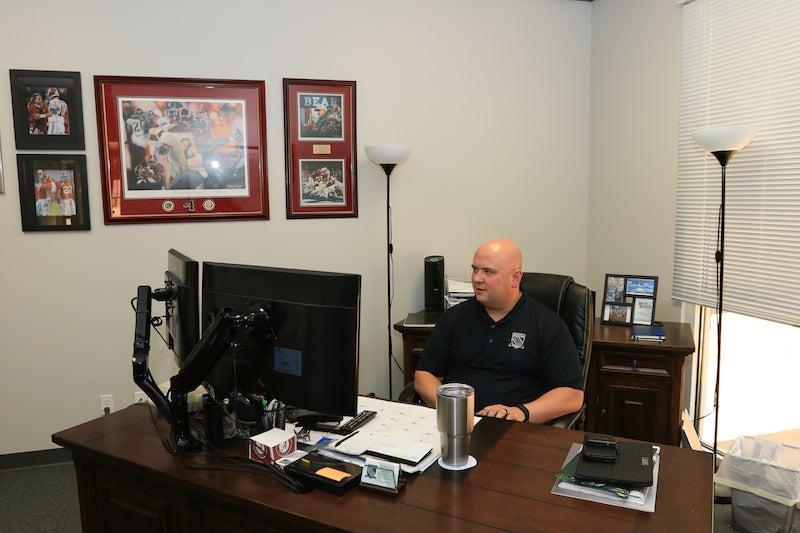Top 10 tips
Published 3:45 pm Monday, July 17, 2017
An anesthesiologist addresses chronic spinal pain
By Dr. Jeremy C. Barlow
It’s June, the time of year everyone wants to be active. But that makes this month particularly challenging for people with chronic back pain – from weekend warriors to older adults who have been hurting for years.
What some of those folks might not know is that anesthesiologists specializing in spinal pain management can often help. We treat patients with recent injuries. We treat patients who have tried multiple therapies and are seeking other non-surgical solutions. We also treat patients who have had multiple surgeries and are not candidates for more. The good news is that there is hope for the hurting.
Here are my Top 10 Tips for back pain that won’t go away:
- Get your evaluation. Most of our patients are referred by physicians. But patients can also make direct contact. Don’t wait for months or years to feel better.
- Check your expectations. It’s best to start conservatively. Not everyone needs surgery or even an anesthesiologist’s intervention. There may be multiple therapies to consider.
- Maximize your resources. We refer patients to St. Vincent’s One Nineteen physical therapy before, after or instead of an intervention, to maximize their chances of excellent outcomes.
- Explore your options. A spinal “block” is a general term for the tools we use to relieve pain. Blocks can include epidurals or other injections.
- Ask your questions. Make sure you understand all options. Some patients benefit from ablations that target nerves for pain control. We also provide implantable therapy, including spinal cord stimulators.
- Choose your team. I’m just one member of a highly-qualified anesthesiology team. Choose a physician who works closely with other highly-credentialed specialists.
- Choose your place. Although some doctors do these procedures in their offices to reduce costs, we choose St. Vincent’s One Nineteen’s Outpatient Surgery Center because it’s a state-of-the-art facility. There we have a wide range of tools to handle any complications that might arise. That’s especially important for older patients with undetected risks.
- Make your plans. To assure comfort during the procedure, I recommend patients receive blocks under sedation. For best results, I also recommend they rest for 24-48 hours afterwards.
- Discard your discouragement. Long-term sufferers may feel there is no hope. However, the applications of these interventions are changing. Advanced technologies are improving the outcomes of even long-established therapies.
- Pursue your education. Part of addressing pain is preventing future injury. One Nineteen physical therapists also serve our post-treatment patients, teaching correct body mechanics for everyday movement. As those patients transition to One Nineteen’s regular fitness floor they are ready to enjoy the activities everyone wants to pursue in June.
To learn more about the full range of services at St. Vincent’s One Nineteen, visit onenineteen.com.
Dr. Jeremy Barlow is an anesthesiologist at St. Vincent’s One Nineteen.









